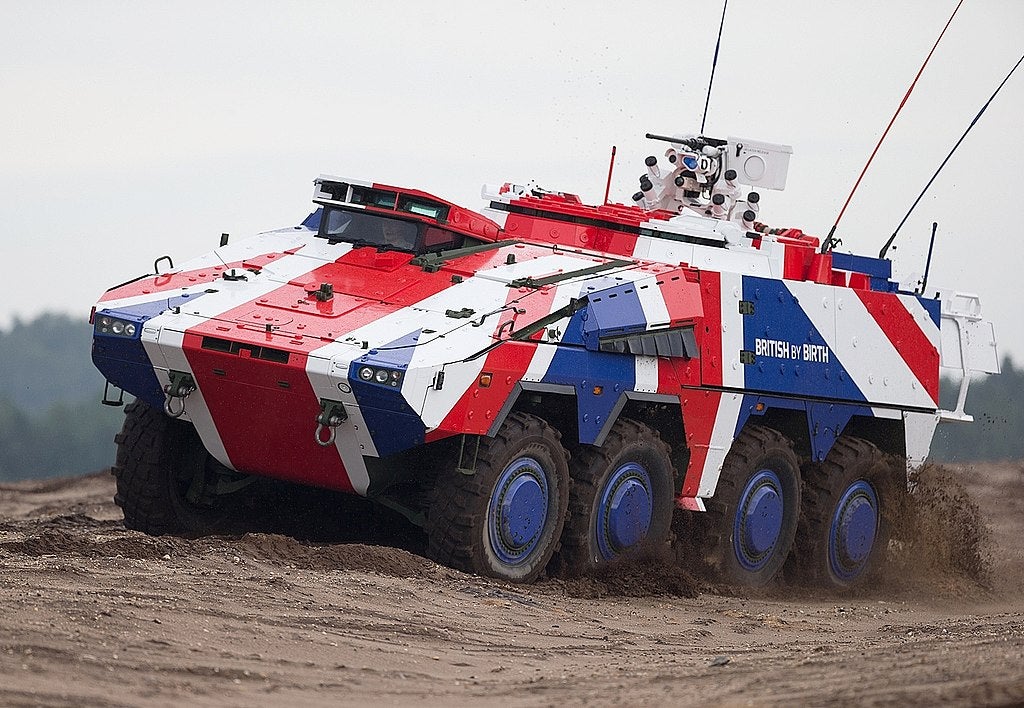
Rheinmetall has achieved a new milestone in the UK’s mechanised infantry vehicle (MIV) programme that involves delivering more than 500 boxer vehicles for the British Army.
In a Twitter post, the company said that welding work for the first series-production mission modules has begun on schedule.
The works began at the company’s site in Kassel, Germany.
This comes after Rheinmetall completed welding works on the prototype vehicles in June this year.
The German company will deliver a small batch of mission modules, then the majority of the related production services will be transferred to the UK.
In November 2019, the British Army placed the order for boxer MIVs. Artec, a joint venture between Rheinmetall and Krauss-Maffei Wegmann, is delivering the order.
The UK will procure four variants of the vehicle, including an infantry carrying vehicle, a command and control variant, a field ambulance, and a specialist carrier.
The deliveries are expected to begin before the end of next year.
In September, Renvale secured a contract to supply CAN-Node electro-mechanical boxes for the boxer 8×8 armoured vehicles. According to earlier reports, the boxer vehicles are expected to replace the warrior infantry fighting vehicles.
Several operators, including Australia, Germany, Lithuania, and the Netherlands, currently use the boxer armoured fighting vehicle.
Rheinmetall recently delivered three HX 8×8 heavy recovery vehicles to the New Zealand Defence Force (NZDF). These heavy vehicles will increase the New Zealand Army’s recovery and mobility capabilities, and will meet the defence force’s existing operational requirements.



